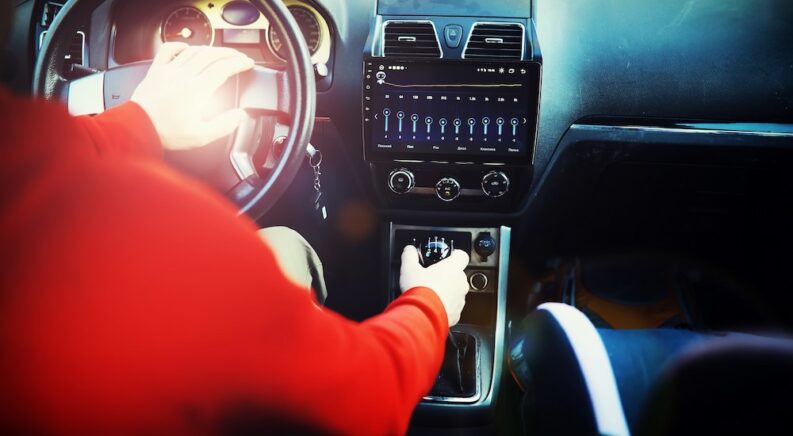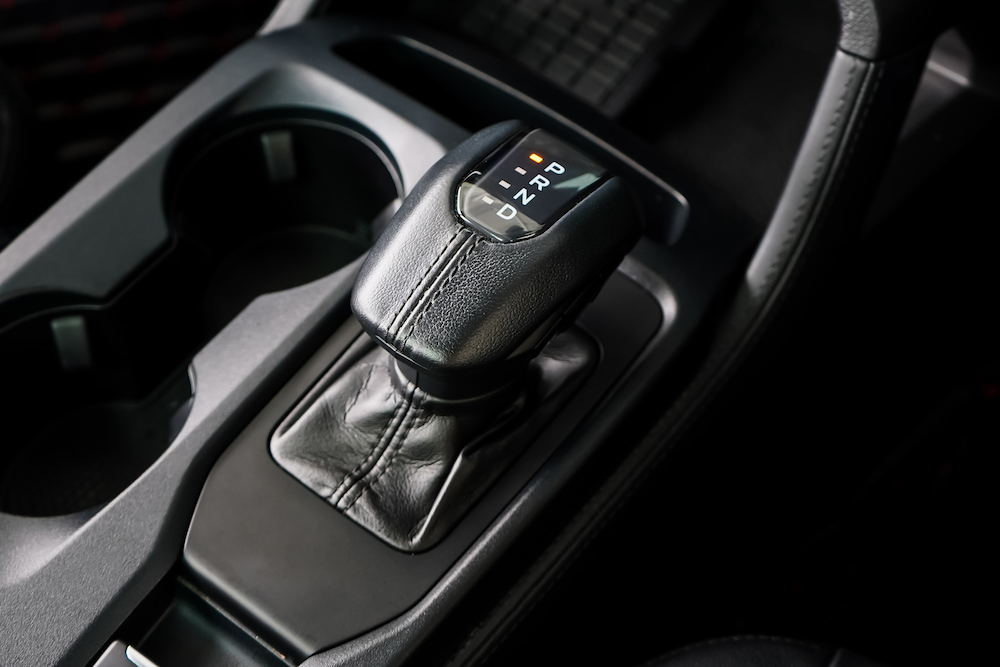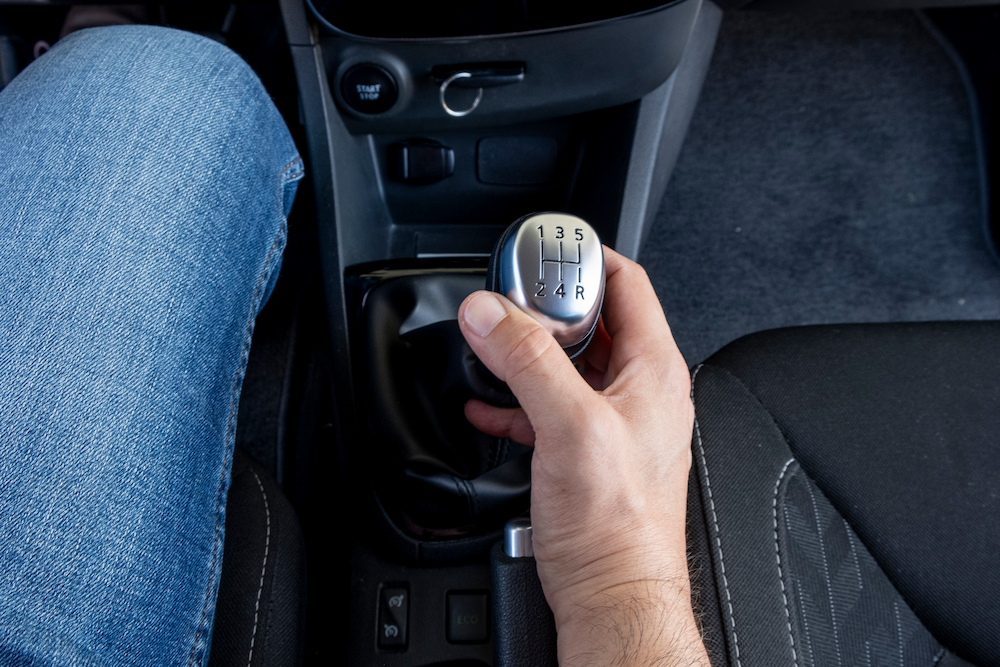The auto industry has never been big on stagnation, with new styles, features, and entire segments steadily replacing the status quo. Some long-lost features like tail fins, ashtrays, and hood ornaments speak to changing consumer tastes, while others like CD and cassette players, telescoping antennas, and manual crank windows have been rendered obsolete by advances in automotive technology.
Sure, our vehicles have always evolved with the times, but the changes seem to be coming rather fast and furious as of late. The steady disappearance of the manual transmission might be the most significant example in recent memory. Once so ubiquitous that the word “standard” was even used as a shorthand, the manual transmission has been slowly phased out since the automatic started making inroads in the late 1960s. As recently as 2000, 15 percent of new and used cars were offered with the standard stick shift. In just two decades, that number has dropped to just 2.4 percent, with only around 30 of the hundreds of available models sold in 2020 being offered with a manual option.
While performance-focused models like the Porsche 911, Ford Mustang, Honda Civic Type R, Chevy Camaro, and BMW M2 continue to carry on the manual tradition, the same can’t be said for many of the industry’s more mainstream models. The Kia Forte, Subaru Impreza, and Volkswagen Jetta are the latest victims of this undeniable trend of automakers dropping the optional manual transmission. What’s behind the disappearance of the manual transmission, and why do some drivers still prefer rowing their own gears in an age where automation is king? We’ll explore all that and more as we contemplate the extinction of the manual transmission.
Five Reasons Why the Manual Is on Its Way Out
There are several key reasons for the manual’s demise. From changing driver tastes and improvements to economics to improvements to automatic transmissions and the rise of EVs, manual transmissions face a number of challenges in today’s auto market. Let’s take a closer look at some of these precipitating factors and learn why manuals seem to be on the way out.
Automatic Improvements
Manuals aren’t getting worse, but automatics have gotten much better. Once upon a time, the manual transmission offered a number of advantages over its automatic descendant, largely in terms of fuel economy and performance. This is no longer the case, with many automatic transmissions matching or even exceeding manuals in these two vital categories. Automatics are more fuel-efficient than ever. Transmission technology improvements mean they can shift at the ideal time without any driver intervention. Though limited to three just or four gears for many years, many modern automatics have eight to ten gears, making it possible to always be in the right gear at the right time. Diehards will still point to the unbeatable connection between driver and machine that a manual can provide, but for those who are simply trying to get from point A to point B, manuals have simply lost their advantage.
Economics
Manual transmissions have been around since the dawn of the auto industry. While they’re certainly an engineering marvel, they have nothing on the automatic. Manual transmissions employ a much simpler design to help drivers put the vehicle in the correct gear, which also means they’re much easier and less expensive to produce. So why are manuals increasingly hard to find in an industry that, technological advancements aside, always prioritizes profit above all else? It all comes down to the increasingly streamlined nature of automotive production. Simply put, it just doesn’t make economic sense for companies to research, develop, and produce multiple types of transmissions when they could just stick to the much more popular automatic. In most cases, the cost of developing and building a manual transmission is no longer offset by the number of people who buy them. If you’re bemoaning the loss of the manual, you can blame the bottom line for their steady decline.
The Rise of EVs
The increasing popularity of EVs is another part of the economic puzzle when trying to explain the disappearance of the manual transmission. Today’s EVs employ electric motors that deliver power directly to each axle or wheel without any sort of transmission playing an intermediary role. This approach has a number of advantages, especially in terms of performance. EVs can provide drivers with 100 percent of the available torque as soon as they step on the accelerator, providing a thrilling, responsive ride without the acceleration lag that can come with a typical transmission. Hybrids also tend to eschew the typical manual or automatic transmission in favor of a continuously variable transmission. There’s no denying that the auto industry is headed in a more sustainable direction, including an increased focus on EV and hybrid models, and the humble manual has been largely left in the dust. Some automakers are experimenting with manual shifting modes for their EV models, with brands like Dodge teasing a new eRupt manual shifting feature on its forthcoming EV muscle car, but it’s more like an homage to the old-fashioned manual than a true revival or evolution.
Drivers Don’t Want Them
While there are certainly some manual devotees who will only give up their stick shift when you pry it from their cold, dead hands, the vast majority of drivers don’t seem to agree. As we mentioned earlier, manuals have declined for decades, representing just over two percent of total car sales. This can be attributed to two factors: convenience and familiarity. A manual transmission might be fun when you’re behind the wheel of a souped-up performance model, but when you’re commuting, running errands, or performing other daily driving tasks, they’re often seen to be more of a hassle than they’re worth. Operating a manual can be frustrating when dealing with stop-and-go traffic and a downright harrowing experience if you find yourself stopped on a steep uphill, so it’s hard to blame drivers for steering clear. Today’s driving public is simply less familiar with the old-fashioned approach. Generational knowledge is at an all-time low when it comes to manuals, as finding a family member who can give you a primer on such mysterious concepts as the clutch, gearbox, and proper shift points is harder than ever.
Automation Infatuation
From advanced driver-assistance systems (ADAS) that improve safety and convenience to self-driving and hands-free vehicles, today’s cars, trucks, and SUVs are smarter than ever. The increased demand for automation proves that drivers are happy to sit back, relax, and let their vehicles handle many of the tasks that were once the exclusive purview of the person behind the wheel. Given this trend, it’s little wonder that the manual transmission has fallen out of favor. In fact, many of the modern automation features that are driving sales aren’t just antithetical to the manual transmission but downright incompatible. Take the Subaru Impreza, for example. While the compact had escaped the shift towards automatic transmission until fairly recently, that all changed when Subaru’s EyeSight driver-assist technology came to the lineup. The ADAS isn’t compatible with a manual transmission, leading Subaru to pull the antiquated gearbox from the base model for the 2024 model year.
The Manual Advantage
Given the steep learning curve, lack of convenience, and the fact that they no longer have an advantage over automatics when it comes to performance and efficiency, you might be asking yourself why anyone would prefer a manual transmission. The exclusivity is certainly a factor, giving any driver who knows their way around a stick shift some literal street cred, but that’s certainly not the only reason. From improved control and power to cost and security, we’ve compiled a short list of some of the top reasons to choose a manual transmission.
Affordability
Manual transmissions are cheaper to produce and maintain than their automatic counterparts. Their relatively simple design makes them easier to work on, and with fewer moving parts, fewer things can break and necessitate a pricey repair. A manual is also easier to modify, as drivers won’t have to deal with as many pricey components.
Connection
One of the main arguments for the manual transmission is the connection between driver and vehicle. The visceral feedback that comes with cycling through the gears and keeping track of the engine RPMs allows a driver to learn the ins and outs of their vehicle in a way that an automatic really can’t match.
Control
A manual transmission opens the doors to a tailored driving experience. With no computer deciding when and how to shift, a driver is able to exert more control behind the wheel and avoid any of the delays that can come with an automatic. If you’re the type of driver who appreciates the ability to regulate their own driving destiny, a manual transmission might be for you.
Maximum Power
An automatic transmission might offer many advantages, but it does rob drivers of a little bit of power. The torque converter, clutch, and transmission oil pump each siphon off a few horsepower to keep you seamlessly shifting through the gears. That’s not the case with a manual, with a direct connection between the engine and drive wheels when the clutch is fully engaged.
Flexibility
If you can drive a manual, the automotive world is your oyster. From motorcycles and farm equipment to big rigs and forklifts, those who know their way around a clutch can quickly find success behind the wheel of a wide range of vehicles, not just cars.
The manual transmission might be on its way out, but it’s hard to see the technology ever completely disappearing. Between the low production cost and pure nostalgia factor, manuals will always have a place in the automotive landscape. This relatively old-fashioned technology has become less prevalent in the mainstream market, but the performance segment is another story altogether. Drivers who drop $80,000 to $100,000 on a sports car aren’t in it for the convenience factor. They’re looking for the sort of edge-of-your-seat excitement and raw man-and-machine connection that only a manual can provide. Driving a manual is one of the quickest ways to learn how a vehicle actually operates. While it’s true that some performance models are going electric, the manual transmission will be a mainstay as long as the internal combustion engine is still around. If you’ve never had the chance to get behind the wheel of a manual, it’s not too late.






